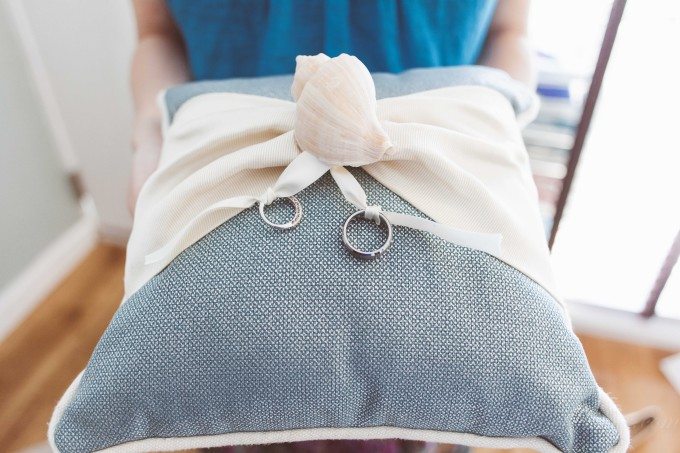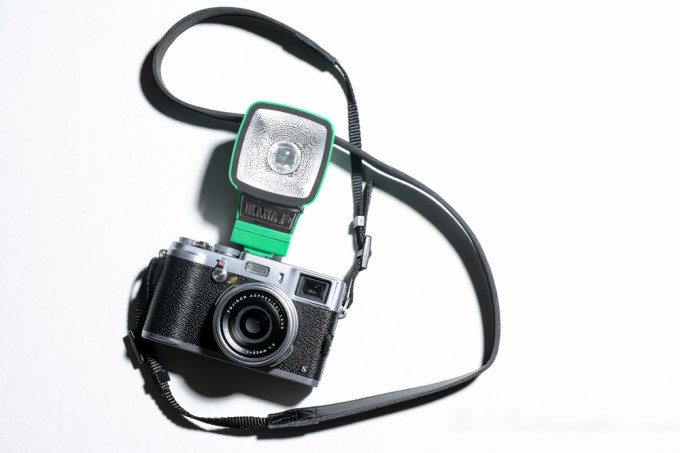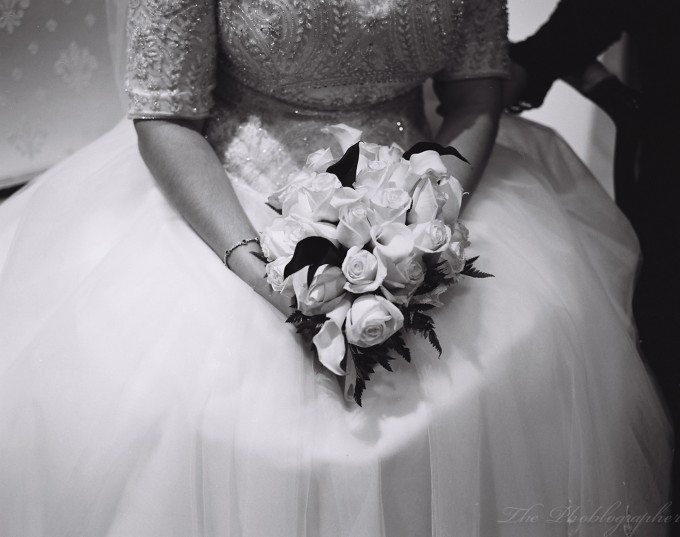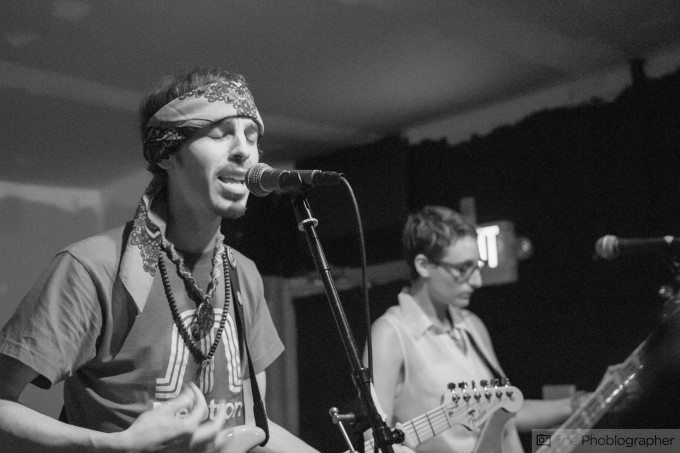As we continue our series on the basics of photography, we run into the letter “I”. What better term to define in the photo world than one of the biggest parameters of exposure today: ISO. In the video world they call it gain, and back in the film world they called it ASA. But either way, the ISO setting that your digital camera is set to is incredibly important to a number of factors like your shutter speed, aperture, and it can even affect flash output. Digital photographers and those that are brand new to the craft may not have known about what a pain ISO performance used to be in the early digital days and some of the headaches that film photographers used to go through by only working at lower ISO settings. These days, with a single camera you can have a vast range of settings.
What Is ISO?

Essentially, ISO stands for International Organization for Standardization. And in the mid 1900s, the standards for what are the various ISO settings were combined into what the modern day settings currently are. In lay man’s terms, the ISO of your film or your digital camera’s setting is the overall sensitivity to light. If there is a ton of light in your scene or you’re using a flash, you’ll generally want to keep your ISO settings low. By that we mean ISO 50-320. The lower the ISO number, the less sensitive it will be to light and generally the more detail you’ll be able to pull out of an image.
If you’re shooting a scene in very dim lighting conditions without a high powered flash (in most cases), you’ll generally want to raise your ISO setting to anywhere from ISO 400-25,600. The higher the ISO number, the less detail you’ll be able to pull from the images. The tradeoff though is that it will be more sensitive to dim light.
In theory, what this means is that you can take a photo by handholding your camera and without using a flash. It ends up being different in practice though, despite what camera manufacturers and marketing gurus want you to believe. The end result still depends on your other settings: your aperture and your shutter speed. For example, do you want to stop fast moving action? Then you’ll need to raise your shutter speed. Do you want a lot in focus or maybe just an eyeball in focus? Your aperture setting dictates this and also helps you make a better choice about your ISO setting.
This gets even more complicated when a flash is added to the mix. But in general, most photographers using studio strobes or flashes don’t want to go over ISO 400 because they want to get the most detail they can possible get. ISO 400 was generally the limit of what you’d want to use a flash with during the film days. In the digital world, I’ve seen photographers go as high ISO 6400 and still use a flash. The reason for this is that some flashes just aren’t powerful enough and modern day high ISO performance has improved so much.
Because of this reason, we can only really generalize when you’d want to use one ISO over another. If you’re in very dim light, you might want to use ISO 100 in order to get a very nice long exposure with light trails. If you’re shooting sports during the day, you’ll want to crank your ISO up in order to stop fast moving motion. While the rules used to be very concrete, the upgrades and improvements to modern day ISO settings have made things a bit more complicated.
A Bit of History

In a quick summary, the film days only allowed a user to have one ISO in their camera at a time. By that, we mean that each roll of film is set to a specific ISO. This means that if you stuck Portra 100 in your camera, you were set to ISO 100 until you were done with the roll. So if you wanted to shoot in really dim light, you’d need a tripod or a lot of really bright flashes.
Generally, photographers loved the look of high ISO black and white film–and many still do. In fact, lots of shooters still convert their high ISO images to black and white just for the look.

Fast forward to the digital days: back when I got my first DSLR (an Olympus E-510) ISO performance at 400 was just becoming acceptable and if you were a wedding photographer, chances are that you went for a Canon 40D or 5D because of the ISO performance at 1600 being so incredibly film-like. Before these cameras, these ISO settings were plagued by lots of blotchiness, and noise/grain that had lots of color issues called banding. Not too long afterward, Nikon and Canon decided to step their game up even more. While Nikon released the D300, D700, and D3 triple threat, Canon decided to wait a bit longer and release the 5D Mk II: which gave excellent performance up to ISO 6400.
Indeed, it took the rest of the industry over two years to be able to catch up to the performance of this camera with smaller APS-C sized sensors. Now a days, ISO settings are basically just another exposure parameter and most photographers have no reason to worry about the performance.
Please Support The Phoblographer
We love to bring you guys the latest and greatest news and gear related stuff. However, we can’t keep doing that unless we have your continued support. If you would like to purchase any of the items mentioned, please do so by clicking our links first and then purchasing the items as we then get a small portion of the sale to help run the website.
Also, please follow us on Facebook, Google+, Flickr and Twitter.


